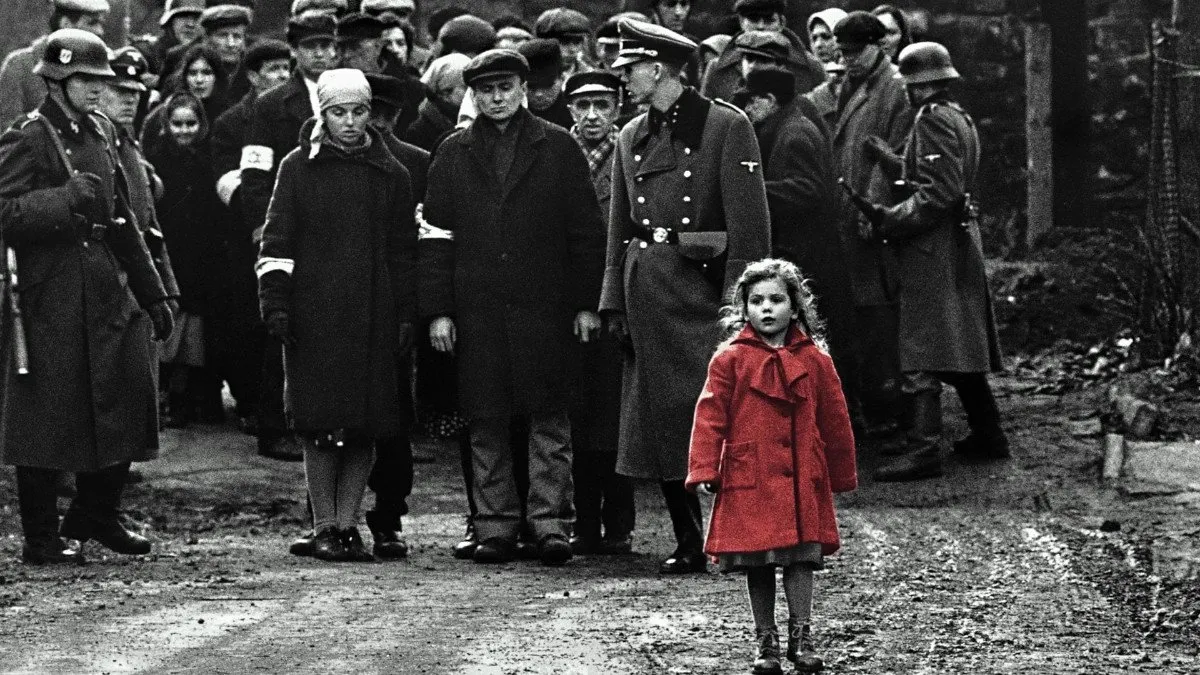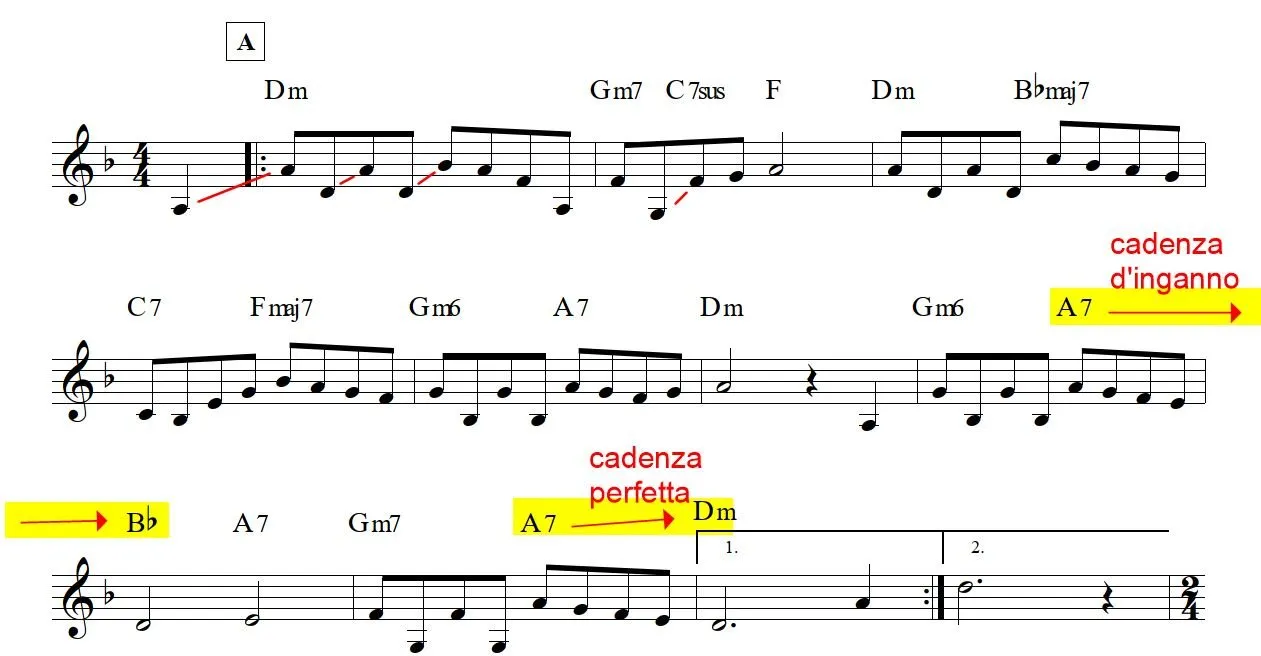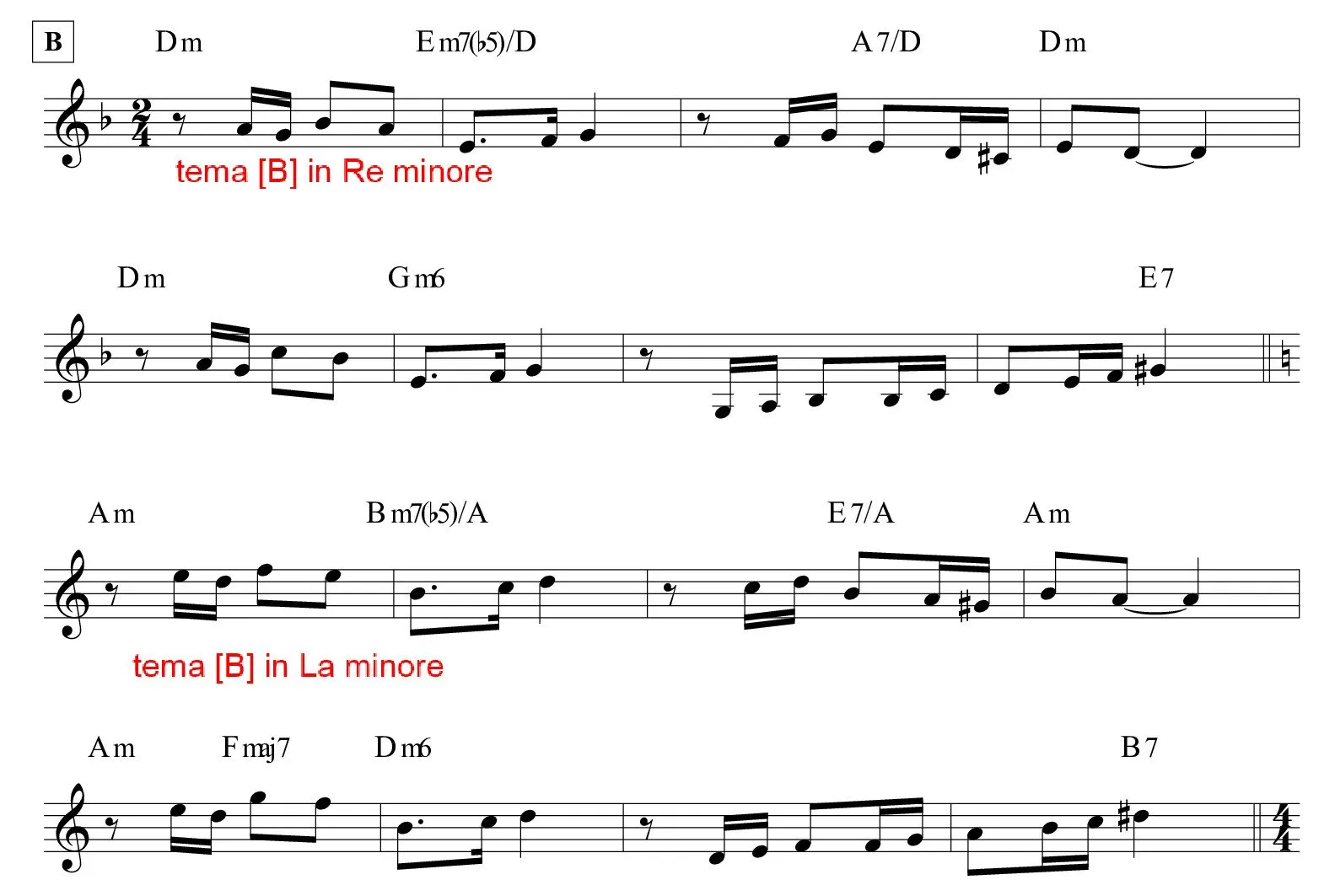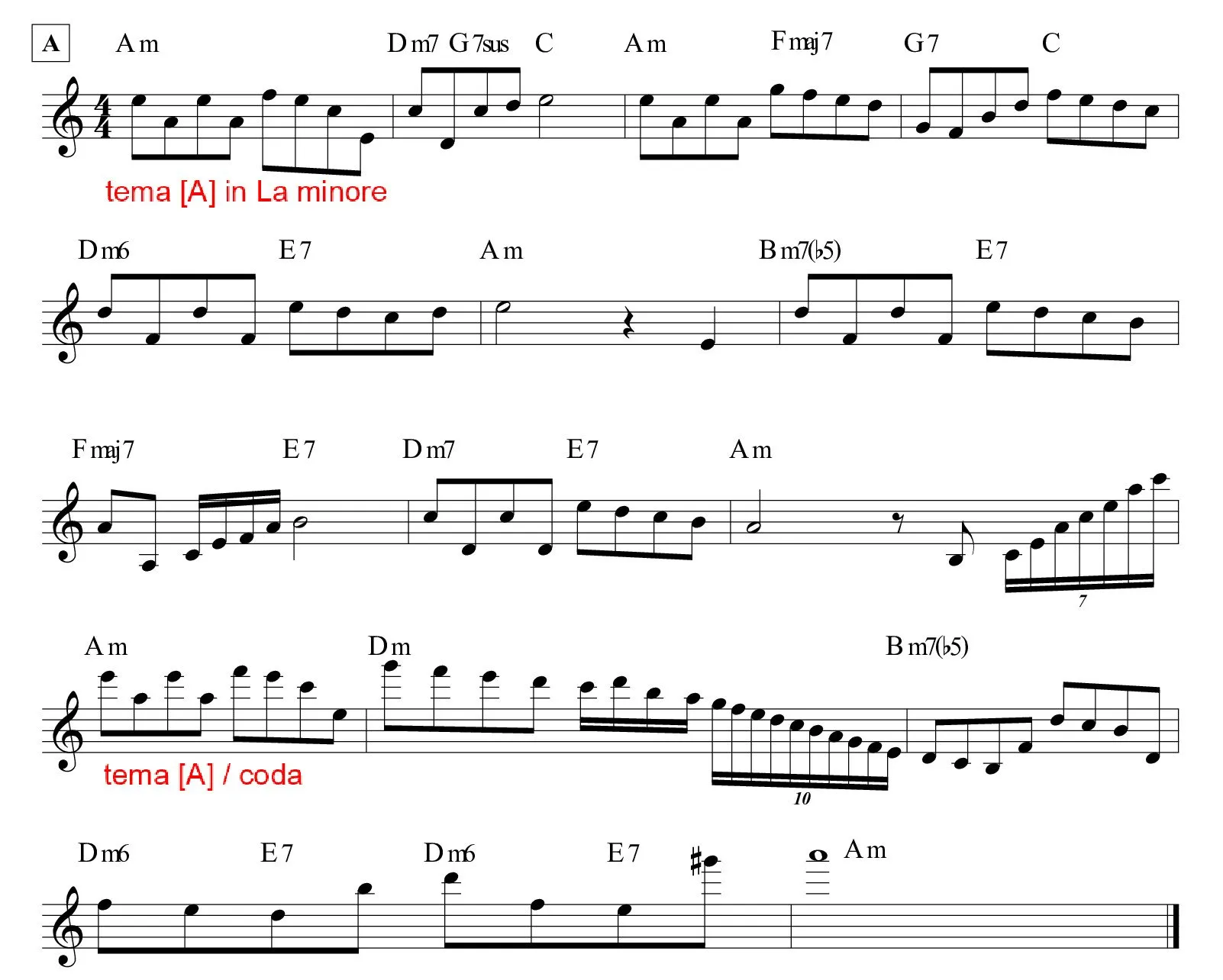[Monday Note 157] The soundtrack of the film Schindler’s List has been created by one of the greatest masters of film music, John Williams. The American composer has written music for all kinds of films, from the science fiction of Star Wars and E.T. to the adventures of Indiana Jones. In this case, his music comments on a dramatic film about the genocide of the Jews during World War II.
Schindler’s List is a film by Steven Spielberg, the result of a very important and demanding development both in terms of the means employed and the dramatic nature of the topic tackled. The film is almost entirely in black and white, with the famous exception of the little girl in the red dress, who is met alive at the beginning of the film, only to recognise her body in a pile of corpses later on.

In such an emotionally charged context, music also has a very important responsibility. Let us therefore try to analyse the Schindler’s List soundtrack composed by John Williams and try to understand some of its secrets.
We first notice that the main theme is assigned to the violin, an instrument that has great extension and considerable dramatic and interpretative capacity, not least because of its similarity to the human voice.
Schindler’s List begins with a first theme [A] in the key of D minor. The theme is played twice, the second of which an octave above. The melody performs wide skips, opening with an octave jump A-A and continuing with intervals of fifth A-D, sixth D-B flat and seventh F-G.

Wide intervals thus characterise this first part of the piece, which has a duration of 10 measures due to a deceptive cadence A7 B♭ between measures 7-8. The theme might in fact end after eight measures, which is the most typical duration of a musical phrase. The deception cadence prolongs the phrase because it postpones by two measures the concluding perfect cadence A7 Dm.
The harmony of the piece is on the whole very simple, never leaving the scale of origin and lacking any real surprises. Part [B] introduces a second motif, which moves instead between close notes, by step motion. The theme is played once in the key of D minor like part [A] then the piece modulates to A minor, repeating again the same motive [B] a fifth above.

The piece continues with theme [A] in the new key, a first time in a simpler form, a second time as a coda played an octave above and enriched by some variations and faster volatas. The theme of Schindler’s List thus has a rather unusual form, which we can call ‘mirror’: AAB in the key of D minor, BAA in the key of A minor.

Here is a summary of the solutions John Williams adopts in the Schindler’s List soundtrack to create a piece that combines drama and emotion.
- The piece is in a minor key, Dm and Am
- The tempo is rather slow
- The melody is entrusted to the violin, a very expressive instrument with a wide register
- The theme moves with wide leaps and in a register of more than three octaves
- The harmony is simple and employs the deceptive cadence to extend the duration of the phrase to 10 measures, otherwise ending in measure 8
- The piece has a mirror form AAB BAA
- In the final part the theme is enriched with volatas and fast phrases
All these considerations are not enough to explain the magic of this piece and the mastery of John Williams, because a successful piece of music is much more than the sum of its parts. However, musical analysis helps us to understand that behind a piece of music, particularly if it is specially designed for a film, there are deliberate choices that are the result of great mastery.
John Williams is a great composer also because he is an expert craftsman, capable of putting together different musical elements with a precise purpose in mind. To achieve such a dramatic and moving piece, perfect for a film like Schindler’s List, undoubtedly requires imagination and creativity, but also a good deal of craftsmanship.
Until next Monday!


